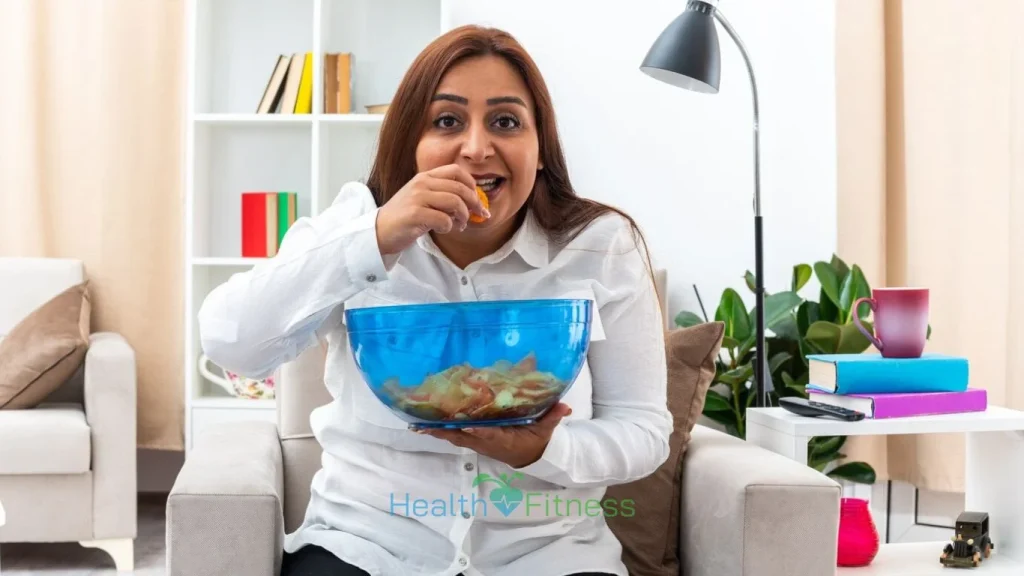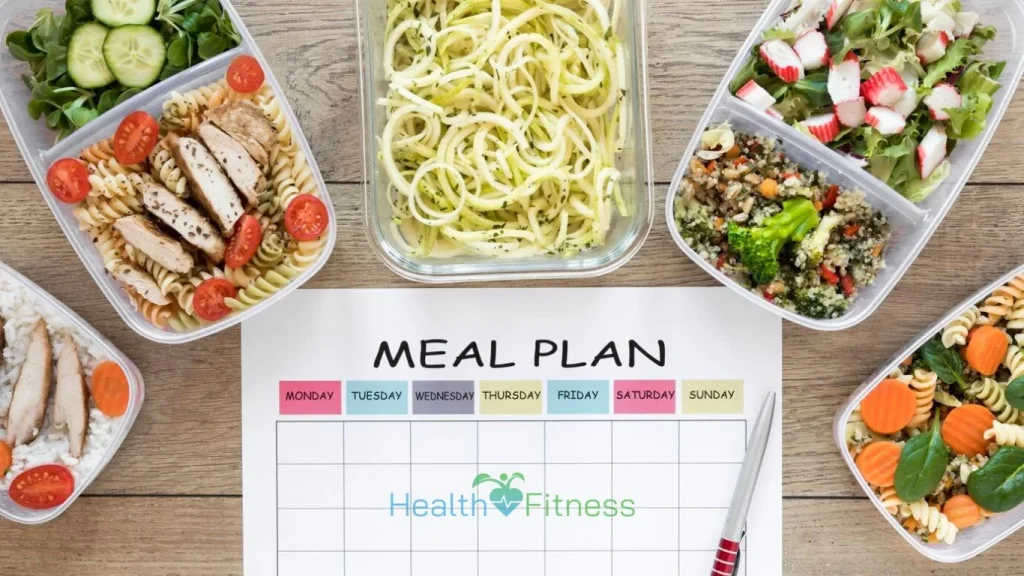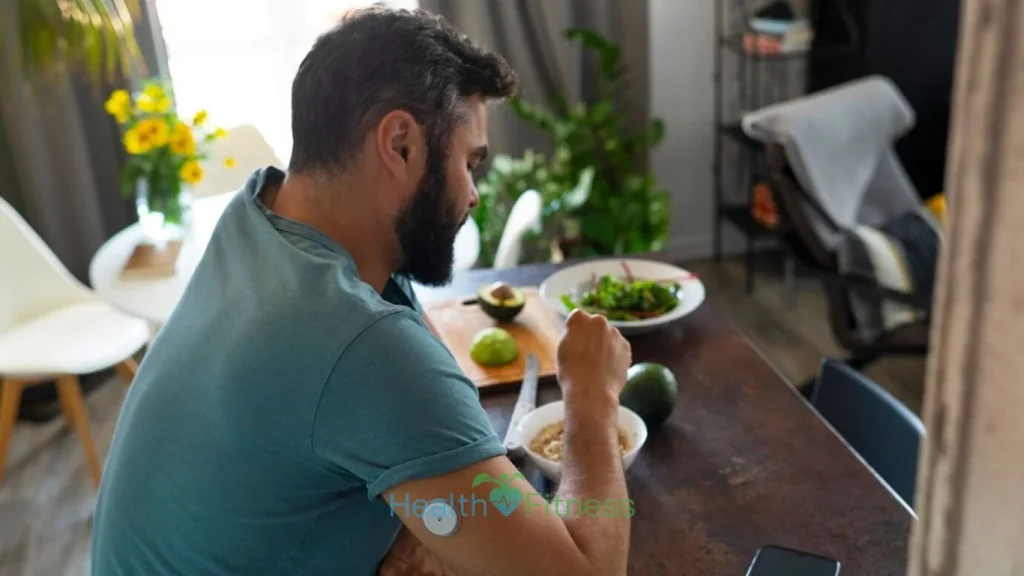Introduction
Training yourself to eat less is a journey towards healthier and mindful eating habits. This comprehensive guide explores psychological and practical strategies to help you master portion control and foster a balanced relationship with food.
Understanding the Psychology of Eating
Recognizing Hunger vs. Cravings
Distinguishing between true hunger and cravings is essential. Listen to your body’s signals, and eat when you’re genuinely hungry rather than succumbing to emotional or habitual cues.
Identifying Emotional Eating Triggers
Be mindful of emotional triggers that lead to overeating. Recognize stress, boredom, or anxiety, and develop alternative coping mechanisms to address these emotions without turning to food.

Mindful Eating Practices
Savoring Each Bite
Take the time to savor and appreciate every bite. Engage your senses and enjoy the flavors and textures of your food. This mindful approach enhances your eating experience and helps prevent overconsumption.
Listening to Your Body
Practice tuning into your body’s hunger and fullness cues. Eat until you feel satisfied, not overly full. This intuitive approach fosters a healthier relationship with food and prevents mindless overeating.

Optimizing Your Eating Environment
Using Smaller Plates and Bowls
Downsize your dinnerware to encourage smaller portions. This visual trick creates the illusion of a fuller plate, promoting satisfaction with smaller amounts of food.
Avoiding Distractions
Minimize distractions during meals, such as watching TV or scrolling through your phone. Paying attention to your food and the act of eating enhances mindfulness, preventing overeating.

Meal Planning and Pre-Portioning
Balancing Macronutrients
Plan well-balanced meals that include a mix of macronutrients—proteins, fats, and carbohydrates. This balance provides sustained energy and promotes satiety, reducing the likelihood of excessive snacking.
Preparing Snacks in Advance
Portion out snacks in advance to avoid mindless munching. Having pre-portioned snacks readily available makes it easier to make conscious choices about what and how much you eat.

Hydration: Your Ally in Portion Control
Drinking Water Before Meals
Stay hydrated by drinking water before meals. This helps create a sense of fullness, reducing the likelihood of overeating during the main course.
Choosing Calorie-Free Beverages
Opt for calorie-free beverages like herbal tea or sparkling water. These options contribute to your hydration while minimizing additional calories.

Learning to Recognize Fullness
Eating Slowly
Slow down your eating pace to allow your body to signal fullness accurately. Chew each bite thoroughly and take breaks between bites to give your body time to register satisfaction.
Checking in During Meals
Pause mid-meal to check in with your hunger and fullness levels. Assess how you feel and whether you genuinely need more food. This practice encourages mindful eating.

Intuitive Eating Principles
Honoring Your Hunger
Respond to your body’s hunger cues promptly. Skipping meals can lead to excessive hunger and overeating later. Fuel your body with regular, balanced meals and snacks.
Respecting Your Fullness
Learn to recognize when you’re comfortably full and respect that feeling. Avoid the temptation to clean your plate if you’re satisfied, even if there’s food left.
Incorporating Fiber and Protein
Filling Up on Nutrient-Dense Foods
Choose foods rich in fiber and nutrients to promote satiety. Fruits, vegetables, whole grains, and lean proteins contribute to a satisfying and nourishing diet.
Choosing Satiating Snacks
Opt for snacks that combine fiber and protein. This powerful duo keeps you feeling full between meals, reducing the urge to overeat.

Coping Strategies for Cravings
Mindful Indulgence
Allow yourself occasional indulgences mindfully. Instead of denying cravings, savor small portions of your favorite treats. This approach helps prevent feelings of deprivation.
Substituting Healthier Options
When cravings strike, explore healthier alternatives. Choose snacks or recipes that satisfy your cravings in a more nutritious way, supporting your overall wellness goals.
The Role of Regular Exercise
Building a Healthy Relationship with Exercise
View exercise as a means of promoting overall well-being rather than solely as a tool for weight control. Developing a positive relationship with physical activity contributes to a balanced lifestyle.
Enhancing Mood and Reducing Stress
Regular exercise enhances mood and reduces stress, minimizing the likelihood of turning to food for emotional comfort. Incorporate activities you enjoy to make exercise a sustainable part of your routine.
Maintaining a Positive Mindset
Avoiding Guilt and Shame
Release feelings of guilt associated with eating. Understand that occasional indulgences are part of a balanced approach to nutrition. Cultivate self-compassion and focus on overall patterns rather than individual choices.
Celebrating Small Wins
Acknowledge and celebrate small victories on your journey to eat less. Whether it’s choosing a healthier option or practicing mindful eating, recognizing these achievements reinforces positive habits.

Seeking Professional Guidance
Nutritional Counseling
Consider seeking guidance from a registered dietitian or nutritionist. Professional advice can help tailor strategies to your individual needs, ensuring a sustainable and effective approach to eating less.
Behavioral Therapy
Explore behavioral therapy techniques with a qualified therapist. Behavioral interventions can address underlying issues related to eating habits and support long-term changes.

Conclusion
Mastering portion control is a gradual process that involves a combination of mindful eating, environmental adjustments, and a positive mindset. By incorporating these strategies into your daily life, you can train yourself to eat less and foster a healthier relationship with food.
